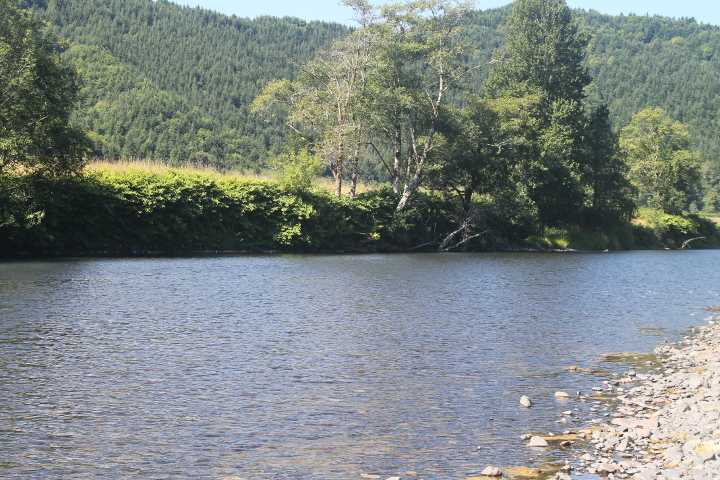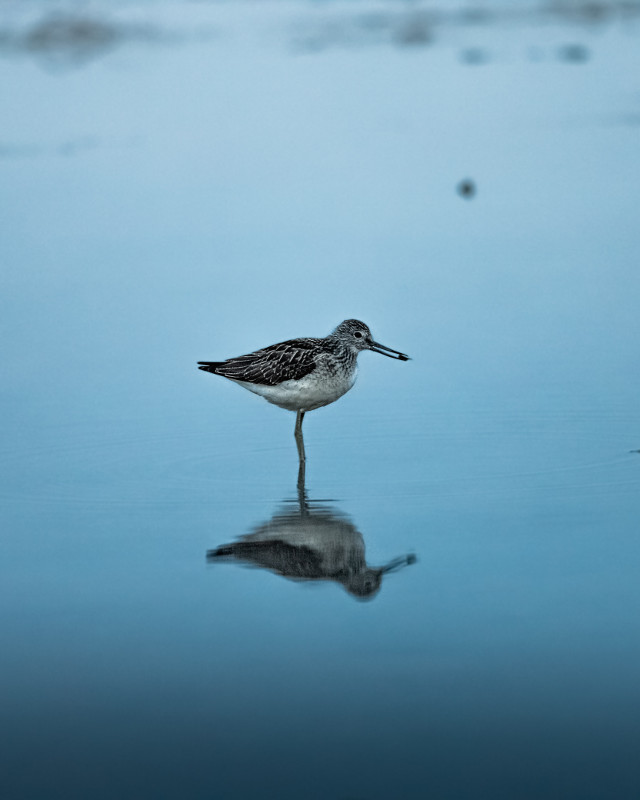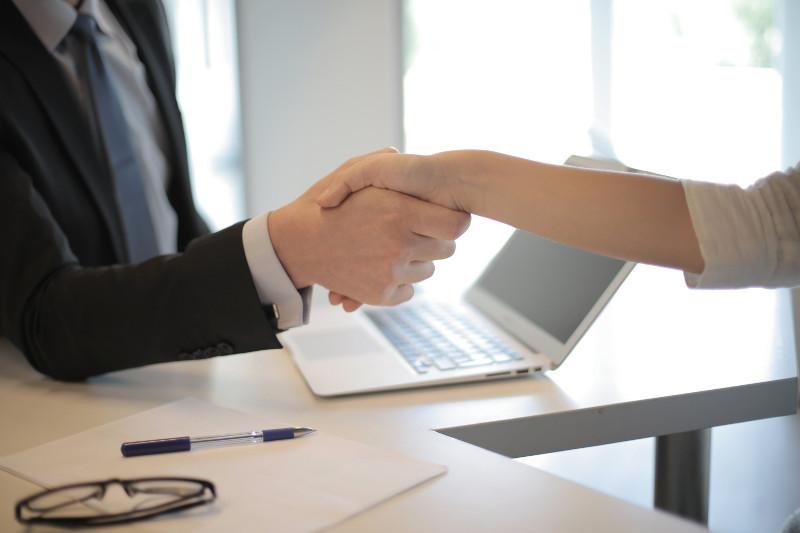Environmental science and its regulation are very complicated. It is important for environmental permit holders to understand both and how their business fit into the natural environments in which they operate.
In these times of climate change and weather event uncertainties being prepared to quickly adapt is vital for your future success. These posts will help you be better positioned to sustain your position and business.
-
Instream Flow Requirements
Categories: Estimated reading time: 2 minutes
The concept of minimal in-stream flows dates from at least the mid-1970s. It is an important issue to everyone who withdraws ground or surface waters, injects water underground, or adds water to streams and rivers, particularly in the drought-stricken western US. At the federal level, the US EPA funded a grant to define ecological and related flows and create methods to measure them and the US Geological Survey developed measurement methods. -
Instream Water Rights and Ecological Flows
Categories: Estimated reading time: 2 minutes
Instream water rights are (or should be) based on ecological flows. Several western states (including Oregon, Alaska, California, Colorado, and Montana) have statutory requirements for these flows, and the US Geological Survey’s Fort Collins Science Center hosts an ecological flows research center. Incorporating effects of changes in climate, human population size and distribution patterns, and other variables makes it difficult for policy makers to allocate a scarce and varying resource among competing vested interests. -
Metals and Aquatic Life
Categories: Estimated reading time: 2 minutes
Dissolved metals such as copper, cadmium, and zinc can be toxic to aquatic life, particularly fish. The current tool used to estimate site-specific water quality criteria for a metal is the biotic ligand model (BLM). The BLM intends to quantify how water chemistry affects chemical speciation and biological availability of metals in aquatic ecosystems. This is important because bioavailability and bioreactivity of metals control their potential for acute or chronic harm. -
Natural vs. Man-made Water Bodies
Categories: Estimated reading time: 2 minutes
Project objectors may claim that mining and energy projects cannot create “real” treams and lakes during reclamation. Regulators ask operators to respond, and too often responses are inconclusive. Delays, litigation, or expensive eforts that inadequately address those concerns follow. Non-ecologists might accept claims of adverse environmental impacts by man-made streams and lakes. However, when complete ecosystems are correctly characterized and classified the dynamics of natural and man-made water bodies are indistinguishable. -
Nepa Compliance Howto
Categories: Estimated reading time: 2 minutes
When complying with NEPA requirements you benefit from submitting technically sound, legally defensible documents to regulators. NEPA, CEQ regulations, and agency directives describe in detail what is to be done in preparing an EA or EIS that is compliant with the law and all regulations. It does not direct staff or external contractors how each requirement is to be met. This blog post presents specific requirements and explains how using a quantitative approximate reasoning model, fulfills these requirements so that the results are demonstrably technically sound and legally defensible. -
Nondetected Chemical Analysis
Categories: Estimated reading time: 1 minutes
Toxic metals and organics commonly occur in very low concentrations in water, sediments, soils, and rocks. These concentrations are so low they cannot be quantified by analytical chemists and today’s instruments. Censored data are commonly mis-analyzed with potential costly, unnecessary, or harmful results. EPA regulations and guidelines often tell data analysts to ignore (drop) censored data or substitute an arbitrary value. The results of dropping or substituting arbitrary values are wrong. -
Standards for Non-Potable Water Quality
Categories: Estimated reading time: 2 minutes
Chemical standards are appropriate for human drinking water sources, but generally not for non-potable waters supporting fish and wildlife. This is because water chemistry is highly variable, measurements are isolated in time and space, and point measures are difficult to interpret as suitable for fish and wildlife. Biological-based standards of water quality are more appropriate because the presence of aquatic organisms reflect water quality integrated over time and space. Biological water quality measures have been of interest to environmental scientists and regulators for about 40 years. -
Organisms and Their Habitats
Categories: Estimated reading time: 2 minutes
Understanding relationships between organisms and their habitats is important to operators and regulators, as well as being critical to managing species with low population levels. Pacific salmon in the Columbia River system and sage grouse and Lahontan cutthroat trout in the Great Basin are among many examples where understanding the factors limiting the presence or number of individuals in a defined area need to be quantified in a technically sound an legally defensible way. -
Reference Areas
Categories: Estimated reading time: 2 minutes
Natural ecosystems are complex and highly variable at multiple size scales. Because of the difficulties of accurately summarizing complexity and variability in an index number, regulators often require a reference area for comparison with a proposed or reclaimed project area. Agreement on a suitable reference area may be a requirement prior to permitting or bond-release decisions for mining and logging operations. It is common for selection of an acceptable reference area to take a long time. -
Profitting From Your Environmental Data
Categories: Estimated reading time: 2 minutes
Across the western US drought, wildland fires, cheatgrass, Western juniper, Lahontan cutthroat trout, bull trout, salmon, bald eagles, desert tortoise, and sage grouse all affect where and how natural resource companies operate. Project planning and approvals can be greatly facilitated by application of advanced statistical and spatial models to environmental data. Causal relationships between explanatory variables such as habitat, food, and predators to response variables (species numbers and distributions) may be explained by linear regression models.









